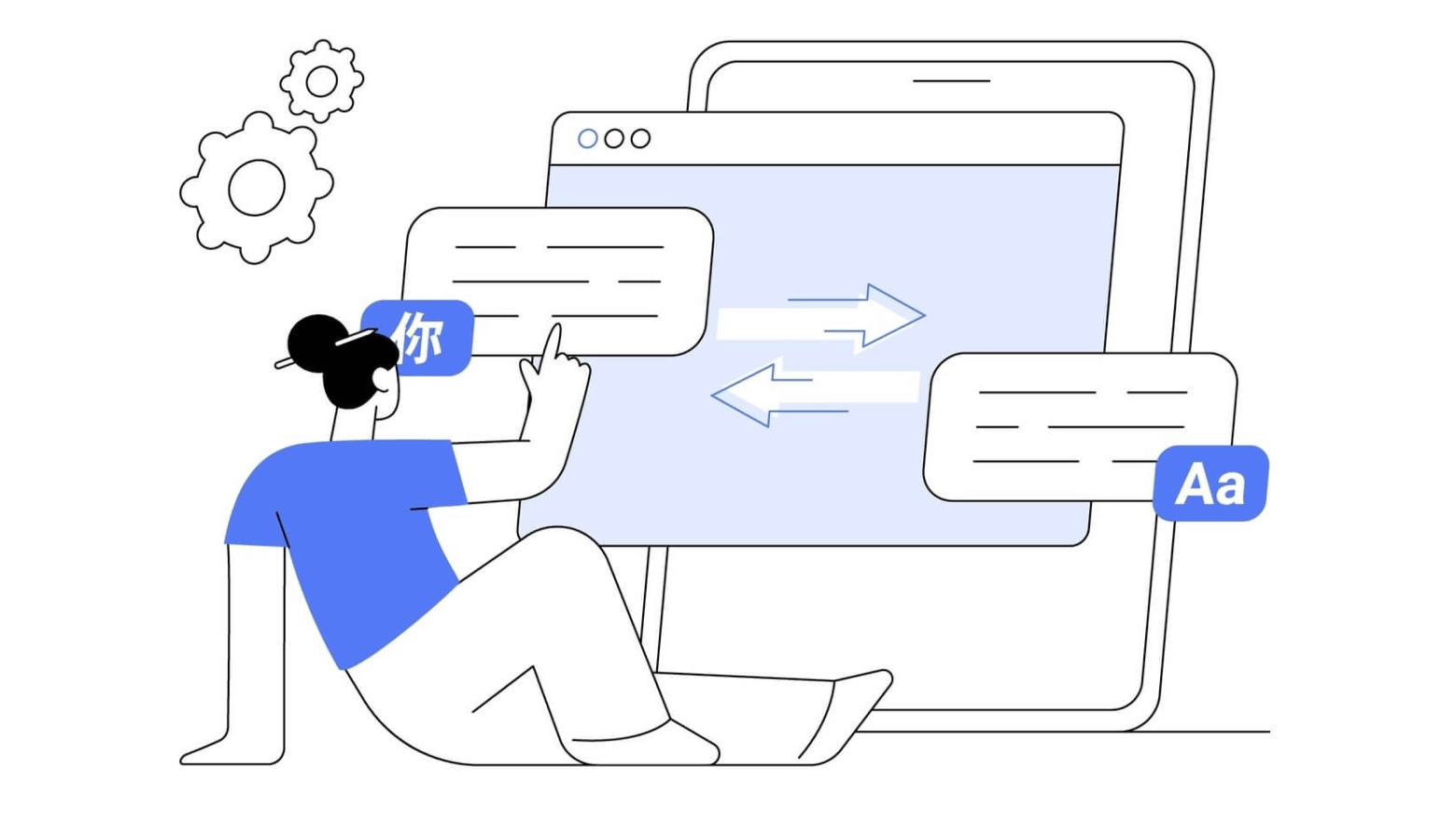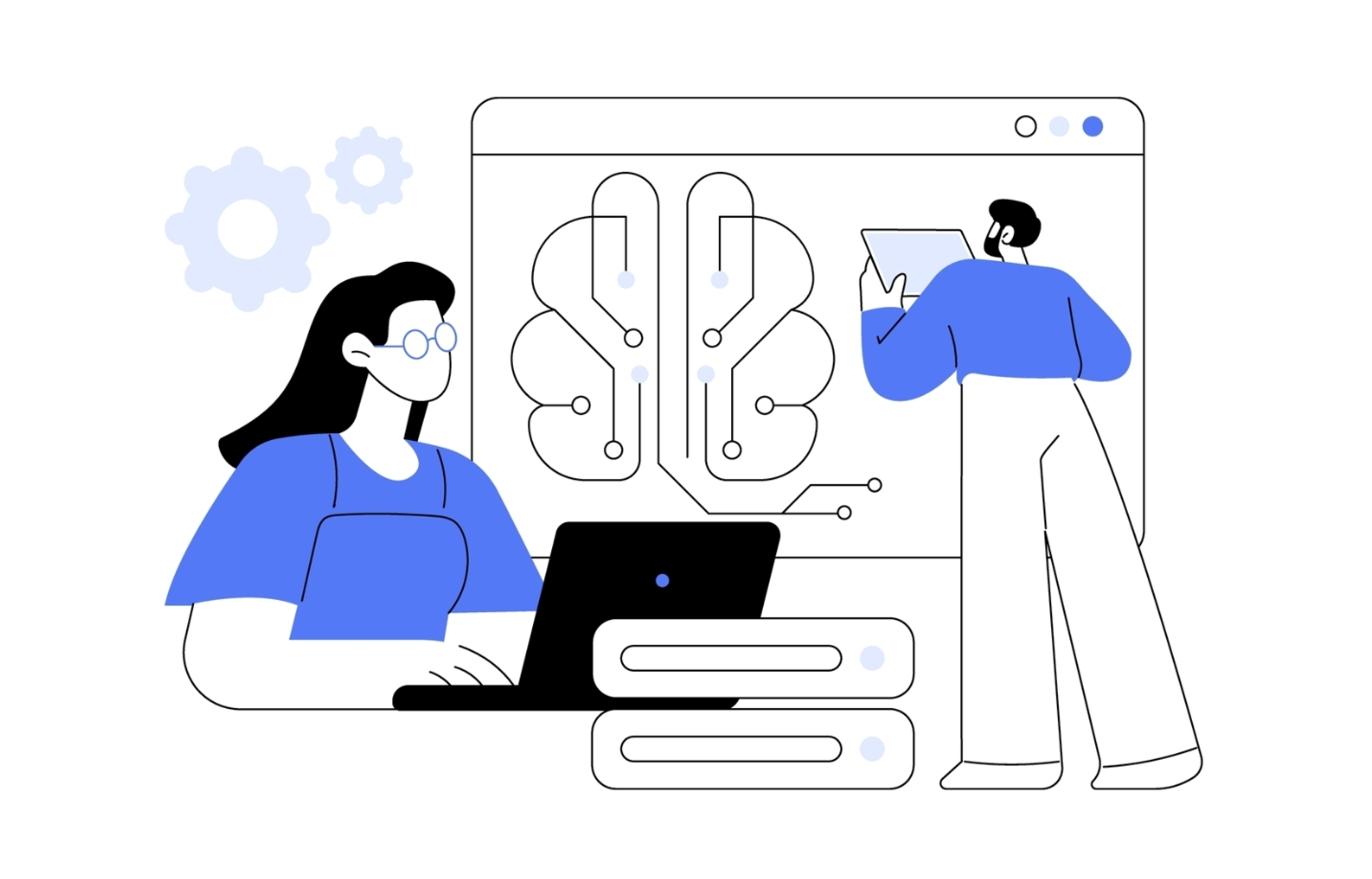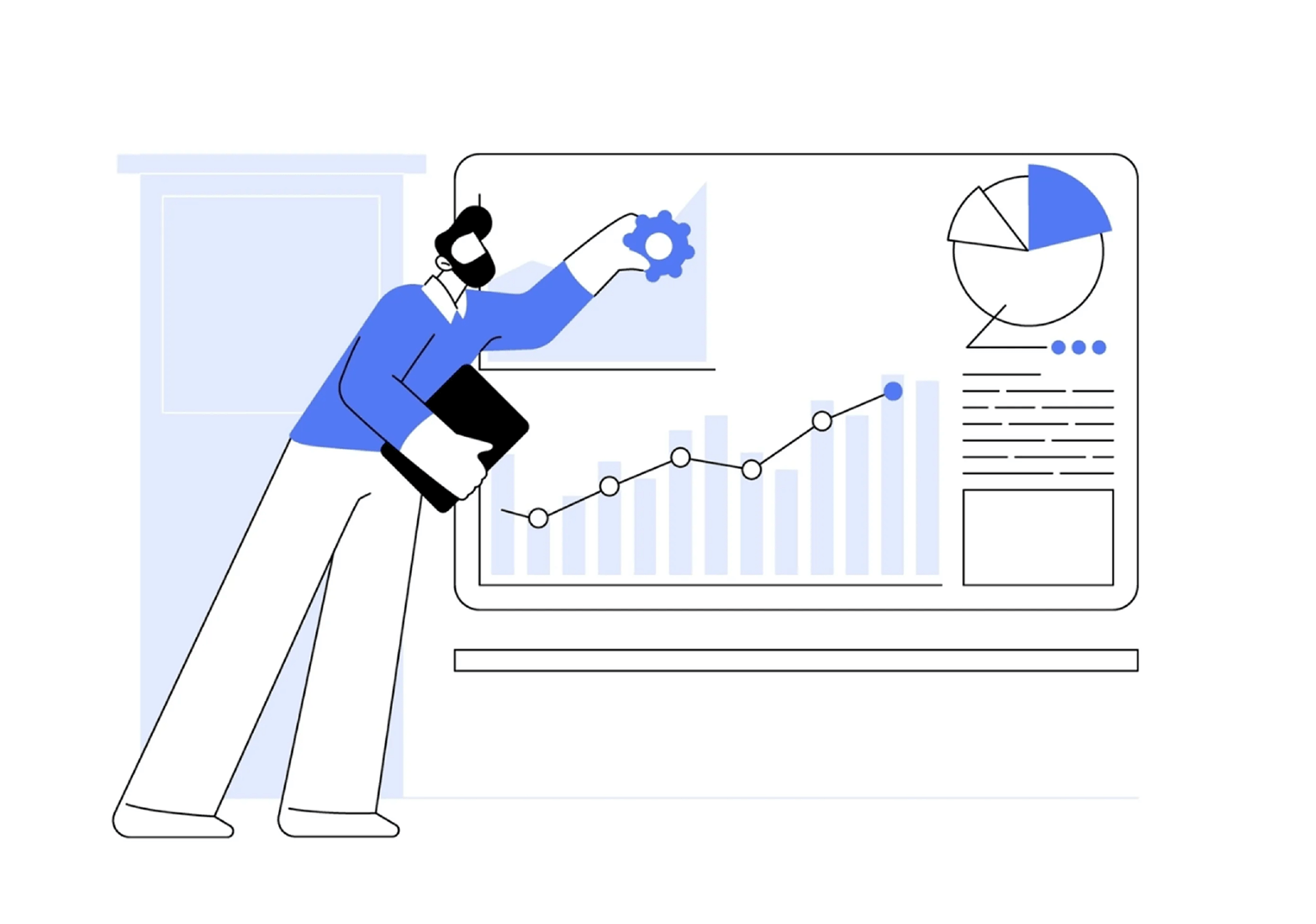Imagine that you have to prepare for a court hearing in France while using hundreds and thousands of documents in English, German, Chinese and French. Traditional human translation of those documents will cost you thousands of dollars and weeks of work.
That’s the reason why localization of legal texts remains an ongoing and serious issue virtually for every law firm, raising the possibility about the use of machine translation and the benefits and risks associated with it.
Let’s explore the challenges and benefits of using machine translation (MT) in the legal industry with all complexities of judicial language, cultural differences, and varying legal frameworks.

Role of Machine Translation for the Legal Industry
Machine translation (MT) has become an essential instrument in tackling the challenges of interpreting legal content, providing considerable support in managing the intricacies of judicial language and vocabulary across multiple national legal systems.
Driven by sophisticated algorithms and artificial intelligence, automatic translation is invaluable in legal scenarios for swiftly converting large amounts of documents such as agreements, patents, and court submissions. This swift translation is vital for legal teams tasked with the daunting job of reviewing vast numbers of documents in several languages, especially during international lawsuits or corporate acquisitions. MT provides a rapid, initial translation, helping identify crucial documents for further in-depth analysis or human validation.
Nevertheless, the accuracy and nuances of legal language necessitate careful use of MT. Small mistakes can result in major legal misinterpretations. The legal sector frequently adopts a mixed approach, combining MT with human supervision to mitigate this risk.
Machine Translation (MT) Benefits for the Legal Industry
Machine translation has already carved out its niche in the legal industry, offering numerous advantages that address key challenges faced by legal professionals.
1. Efficiency in Managing Multilingual Legal Cases. MT accelerates the translation process, quickly handling large volumes of documentation. This speed is particularly vital in urgent situations such as litigation or international negotiations, where timely access to information is critical.
2. Cost-Effectiveness. MT provides a cost-efficient alternative to hiring professional translators for substantial legal documentation. It significantly reduces translation expenses for law firms and clients, while still allowing human translators to focus on critical, high-stakes documents.
3. Scalability for Large Workloads. MT systems can handle increasing translation demands without a proportional rise in cost or time. This scalability is particularly beneficial in international legal cases requiring extensive multilingual translations.
4. Improved Legal Service Accessibility. MT enhances accessibility by providing multilingual support in law firms and courts. This boosts non-native speakers' access to legal resources, which is crucial in international contexts, improving legal processes and global legal effectiveness.
5. Data Security and Privacy. Machine translation can provide better confidentiality because of erasing the need for using human translators outside of the organization.
6. Regularity and Uniformity. Translating legal documents requires consistent terminology and tone throughout the content. This uniformity is important for the coherence and integrity of legal papers, especially in lengthy or multipart documents.
So, MT can offer critical advantages for the legal industry by streamlining translation tasks, reducing costs, and improving accessibility and scalability in multilingual legal proceedings.
Difficulties in Translation for the Judicial Profession
The domain of legal interpretation is filled with challenges, mainly due to the complex nature of legal speech and terminology. Listed are some of the issues that you should think about when translating legal papers with machine translation, as follows:
1. Specifics of Legal Language. Legal language's specialized terms, often without exact equivalents in other tongues, pose a complex difficulty for translators needing to express precise legal ideas accurately across various legal frameworks.
2. Differences in Legal Frameworks. Global legal systems, each with distinct laws, regulations, and vocabularies, present a challenge: a term in one system may differ or be missing in another, requiring translators to be linguistically skilled and well-versed in these different legal frameworks for accurate translations.
3. Cultural Differences. Translators must deftly navigate the cultural background and nuances of legal papers, ensuring translations are culturally appropriate and sensitive to both the origin and target audience's cultural nuances.
4. Danger of Misinterpretation. In legal cases, where stakes are high, even minor interpretation errors can cause major consequences, altering document meanings and possibly leading to disputes or misapplications of legislation, making absolute accuracy vital.
As we see, machine interpretation encounters major obstacles in legal translation, where accuracy and subtlety are essential. Legal terminology, known for its intricacy and technical vocabulary, often lacks exact equivalents in other tongues. As a result, MT platforms, despite their advancement, may have difficulty with these subtleties, jeopardizing crucial legal misunderstandings.
How to Incorporate Machine Translation into a Law Firm's Workflow
To maximize the advantages of machine translation and mitigate its limitations in the legal field, consider these steps:
1. Evaluation. Assess the types of legal documents and the specific translation requirements for your firm.
2. Tool Selection. Select a machine translation platform specifically designed for legal content, ensuring it supports the necessary languages and meets industry standards.
3. Implementation. Integrate the translation tool into your existing document management system for seamless access and usability.
4. Staff Training. Educate your team on how to use the machine translation software effectively to maximize efficiency and minimize errors.
5. Quality Assurance. Develop a rigorous review and editing process to ensure translations are accurate, compliant, and align with legal standards.
6. Continuous Improvement. Establish a feedback loop to regularly evaluate the translation tool's performance, refining the process to improve quality and accuracy over time.
Lingvanex On-Premise Machine Translation
Lingvanex is a leading provider of local machine translation solutions designed to meet the essential needs of institutions in highly regulated industries, such as legal and compliance.
Lingvanex On-Premise Machine Translation software is installed locally on a user's own hardware or network infrastructure, rather than relying on external cloud-based services. That enables, among other things, translation services without using the global web.
This means that sensitive data can be translated securely without ever leaving the confines of a company's servers.
The company adheres to SOC 2 Types 1 and 2 standards, as well as other relevant data protection regulations, ensuring robust data security and maintaining confidentiality.
Other advantages include fixed price, seamless integration with existing systems, customizable translation models for specific terminology, support for over 100 languages, translation of whole files of various formats (txt, doc, docx, html and others), advanced reporting and analytics tools that help optimize translation workflows and reduce operational costs.
Why MT is a Necessary Tool for Legal Documentation
As the global economy expands, legal systems face increasing pressure to adapt to multinational agreements, contracts, and disputes, requiring more cross-border legal cooperation. The cross-border nature of global judicial cases demands accurate and timely translation of legal texts, where machine translation provides both speed and scalability. Here machine translation can play a pivotal role in interpreting large amounts of texts, enabling businesses and legal professionals to access and understand foreign legal documents more efficiently.



